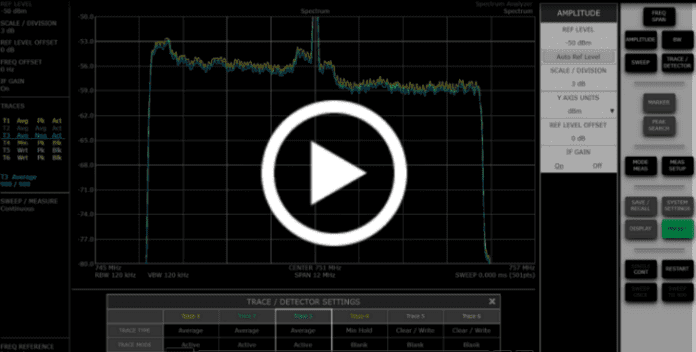As our collective awareness of the environment continues to grow due to climate change, our surroundings and the way we interact with them are changing dramatically. Buildings and infrastructures are not just cement blocks anymore. They have become dynamic environments, capable of self-correction and optimization.
Advances in Internet of Things (IoT) technologies are fueling this change through the collection and analysis of data from multiple and diverse devices equipped with sensors. That means that building owners, operators, occupants, and even visitors, are now able to interact in real time with the spaces they are using.
The change has been rapid and transformational.
We can now intelligently monitor and manage a building’s energy and water consumption by optimizing things like lighting, HVAC, air ventilation, elevators and room equipment. We can even combine this dynamic data with other connected sensors to collect information on local weather or street traffic to adjust all the parameters accordingly.
Steps such as these can not only return a 25 percent reduction in operating costs, it is also having a profound effect on our environment.
Taking care
The impact of IoT on the environment is all the more important when you consider that the world’s buildings are some of the biggest consumers of energy. In fact, the buildings and buildings construction sector combined to account for 36% of global energy use, and nearly 40% of total CO2 emissions.
It is no surprise, therefore, that energy efficiency has become an important aspect of building management, as there is a need to integrate energy systems and monitoring networks. This need crystallizes in what’s known as Buildings Energy Management System (BEMS) technology, which uses IoT and is to reach $9.32 billion by 2023.
But when is the best time to integrate IoT technologies into a building? Carlos Velázquez, a director at Roca Group, one of the world’s largest developer of sanitary solutions and pubic restrooms, has no doubt: “The sooner, the better,” he says.
“Developments in Building Information Modeling (BIM) [intelligent 3D model-based process to better plan, design, construct, and manage buildings and infrastructure], can now help us to specify and simulate how IoT solutions will work from the very conception of buildings, before we even start construction.”
The results are encouraging. “Our systems have become more and more efficient when it comes to predicting water leaks or anticipating things like missing consumables. That has allowed us to plan and optimize cleaning and maintenance tasks, as well as to better manage consumables, stocks and spare parts”, insists Mr Velázquez.
The company has developed a platform that manages, monitors and maintains any kind of bathroom thanks to IoT and Artificial Intelligence (AI). Using sensors that collect and send data in real time, the system is able to detect anomalies, generate alerts and even solve some of them automatically. In addition, it can contextualize the information collected with data from third parties such as meteorology, or traffic. This allows Roca to generate information of great added value to optimize resources and manage operations.
Similarly – continuing on a restroom theme – a number of firms have started developing pay-per-use public toilets that can monitor the real consumption and smooth functioning of all devices, ensuring maintenance is much more efficient. These fully IoT connected restrooms have started to appear in large shopping centers across Europe such as La Vaguada in Madrid or Gallerian in Stockholm.
Smart spaces
These projects epitomize the evolution that is taking place in the infrastructure ecosystem.
Smart buildings are now giving way to smart spaces that go beyond operational efficiency and open the door for new ways to combine the digital and physical worlds with digital twin technology. All in all, they are the avenue to blend all the different components of IoT together and obtain efficiencies that go way beyond energy.
That also means that the energy and utilities sector is catching up. Companies in this area are also turning to advance analytics to unlock the value of hidden data and make a winning play in the smart home market.
In the end, this is good news as a smart buildings and smart spaces with IoT services not only expand the range of management systems, they primarily increase the potential for energy savings, reduce operational costs and improve asset reliability. All these changes are certainly business challenges in the first place, but they also turn into valuable opportunities.
All the more when considering that the cost of intelligent devices is decreasing and computing power and capacity are growing, thus enabling businesses to be more and more agile, flexible and efficient. As Vinay Dhar, Ericsson’s Head of IoT in Europe and Latin America, recently explained “what’s happening in sectors such as building construction is a defining moment for the IoT business, because this is what will take us to the next level.”
Anna Solana is a science and technology writer for IoT Solutions World Congress (IoTSWC) in Barcelona, organised by Fira de Barcelona in partnership with the Industrial Internet Consortium (IIC). Last year IoTSWC brought together 341 companies, 400 speakers and 16,250 visitors from 120 countries. The 2019 event will be held from October 29 to 31 at the Fira de Barcelona’s Gran Via venue.

